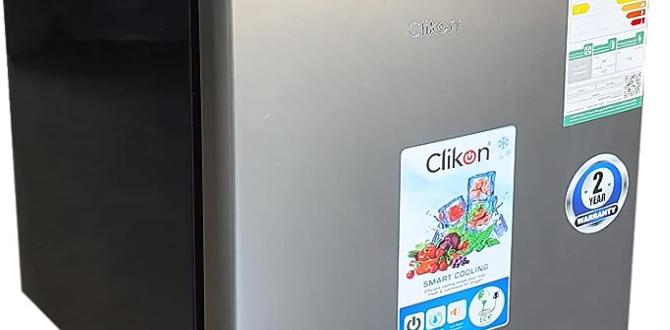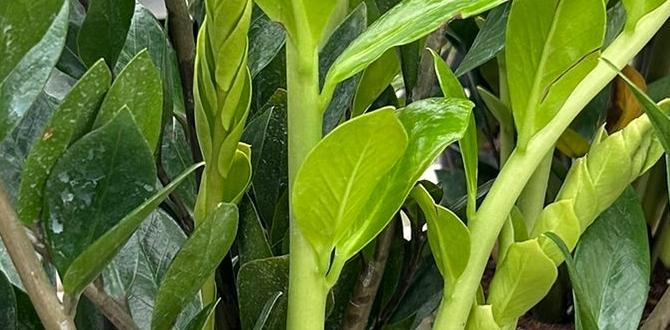Have you ever wanted to grow your own herbs? Imagine stepping outside to pick fresh basil or mint for your dinner. It sounds exciting, right? The best way to grow herbs outdoors is not just about having a garden. It’s about learning how to care for them. You don’t need a large space or fancy tools to start.
Growing herbs can be easy and fun. Just think about the smell of fresh rosemary wafting through the air. Or picture sprinkling oregano on a homemade pizza. These moments can happen right in your yard or on your balcony. Did you know that some herbs even help keep pests away? That makes them great for any garden!
Let’s explore simple steps to make your outdoor herb garden thrive. Whether you’re a beginner or have a green thumb, you’ll find useful tips here. Soon, you’ll enjoy the benefits of fresh herbs, right from your own home!
The Best Way To Grow Herbs Outdoors: Tips And Techniques
Growing herbs outdoors is a fun and rewarding experience. Start with a sunny spot in your garden. Most herbs love sunlight! Use good soil and water them regularly. Did you know herbs can grow even in small spaces? You can plant them in pots or containers if you lack garden area. It’s also important to harvest often. This encourages fresh growth. Imagine snipping your basil for a tasty pasta dish! With these easy steps, you’ll enjoy fresh herbs in no time.
Soil Preparation and Enrichment
Importance of soil quality and drainage. Recommended soil amendments and fertilizers for herbs.
Healthy herbs start with great soil! Good soil quality is like a cozy blanket for your plants. It keeps them warm, happy, and helps them grow. Proper drainage is key too; nobody wants soggy roots! You might consider enriching your soil with compost or well-rotted manure. These natural boosters give your herbs the nutrients they crave. Here’s a quick guide:
| Soil Amendment | Benefits |
|---|---|
| Compost | Improves soil structure and provides nutrients. |
| Vermiculite | Aids in drainage and moisture retention. |
| Bone Meal | Rich in phosphorus for healthy root growth. |
Mix these in, and your herbs will thank you with a burst of flavor! Remember, happy soil leads to happy herbs!
Planting Techniques
Recommended spacing and depth for various herbs. Direct seeding vs. transplanting seedlings.
To grow herbs well, pay attention to how you plant them. Some herbs need more space than others. For example, basil should be spaced about 12 inches apart, while parsley can be closer at 6 inches. You can either plant seeds directly into the soil or start with small plants called seedlings. Direct seeding works for herbs like cilantro. Transplanting seedlings is great for rosemary to give them a better start.
What is the best spacing for herbs?
Spacing varies by herb type. For example, basil needs 12 inches, while parsley prefers 6 inches.
Recommended spacing by herb:
- Basil: 12 inches apart
- Parsley: 6 inches apart
- Cilantro: 12 inches apart
- Rosemary: 12 inches apart
Watering and Irrigation Strategies
Best practices for watering frequency and methods. How to develop a watering schedule based on herb needs.
Watering herbs can feel like a game of “will it rain or won’t it?” The best way is to keep it simple. Herbs love consistent moisture but hate soggy feet. Aim to water them deeply about once a week. Modify this if it’s super dry; they can be thirsty little plants!
Check the soil with your finger. If it’s dry two inches down, give them a drink. Don’t forget to keep an eye on the sunlight too; sun-loving herbs usually need more water. You can even set a weekly watering schedule to make sure they get what they need without overdoing it!
| Herb | Watering Frequency | Sunlight Requirements |
|---|---|---|
| Parsley | Weekly | Partial Sun |
| Basil | Twice a week | Full Sun |
| Thyme | Every two weeks | Full Sun |
With these tips, your herbs will grow green and happy. And who knows, you might even impress your friends with your herbal wizardry!
Harvesting and Maintenance Tips
When and how to harvest herbs for optimal flavor. Pruning techniques to encourage growth and health.
To enjoy your herbs at their best, pick them at the right time. The best flavor comes when flowers are about to bloom. Use your fingers to pinch off the leaves. This helps the plant stay healthy, too. Pruning boosts growth and makes herbs bushy. Remember these tips:
- Harvest in the morning.
- Use clean scissors.
- Cut above a leaf node.
With good care, your herbs will thrive!
How do I know when to harvest my herbs?
Harvest herbs when they have plenty of leaves but before they flower. This timing gives you the best taste.
Conclusion
In conclusion, the best way to grow herbs outdoors is to choose the right spot, prepare your soil, and water regularly. Start with easy herbs like basil or mint. Be sure to give your plants sunlight and occasional care. You can enjoy fresh herbs in your cooking. Let’s get planting and explore more tips together for growing your own garden!
FAQs
What Are The Best Herb Varieties To Grow Outdoors In Different Climates?
In warm climates, you can grow basil, oregano, and thyme. These herbs love the sun and heat. In cooler places, try parsley, chives, and mint. They thrive in the cooler weather. Always water your herbs well and give them enough sunlight to grow strong!
How Much Sunlight Do Outdoor Herbs Need For Optimal Growth?
Outdoor herbs need about 6 to 8 hours of sunlight each day. You should plant them in a sunny spot. If they get too little light, they might not grow well. With enough sunshine, your herbs will be green and tasty!
What Type Of Soil Is Most Beneficial For Growing Herbs Outdoors?
The best soil for growing herbs outdoors is sandy loam. This soil blends sand and clay, making it light and easy to drain. Herbs like well-drained soil because their roots don’t like to sit in water. You can mix in some compost to give the herbs extra food. Just make sure they get plenty of sunlight, too!
How Can I Effectively Manage Pests And Diseases In My Outdoor Herb Garden?
To manage pests and diseases in your herb garden, start by keeping plants healthy. Water them well and give them enough sunlight. Check your plants regularly for bugs or spots. If you find pests, you can pick them off by hand or use soap to wash them away. You can also plant flowers nearby to attract helpful bugs that eat the bad ones.
What Are Some Effective Watering Techniques For Maintaining Healthy Outdoor Herbs?
To keep your outdoor herbs healthy, water them deeply but not too often. You can use a hose or a watering can. Make sure the water soaks into the soil. It’s best to water early in the morning or late in the evening. This way, the water won’t just evaporate in the hot sun. Always check the soil first; it should be damp but not soggy.







